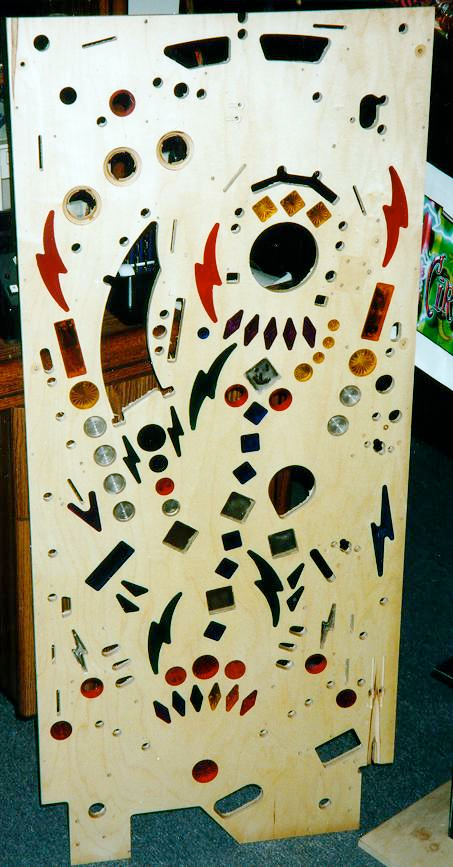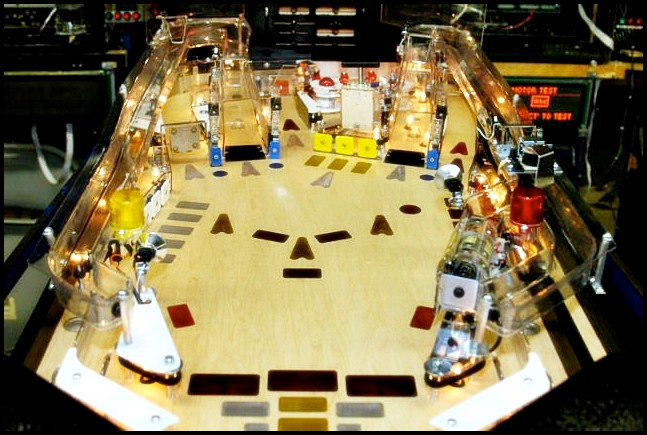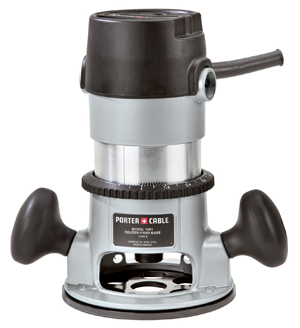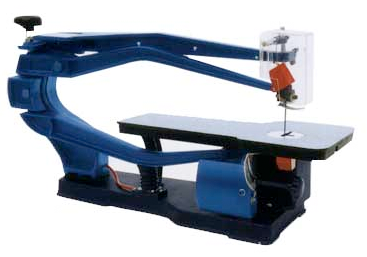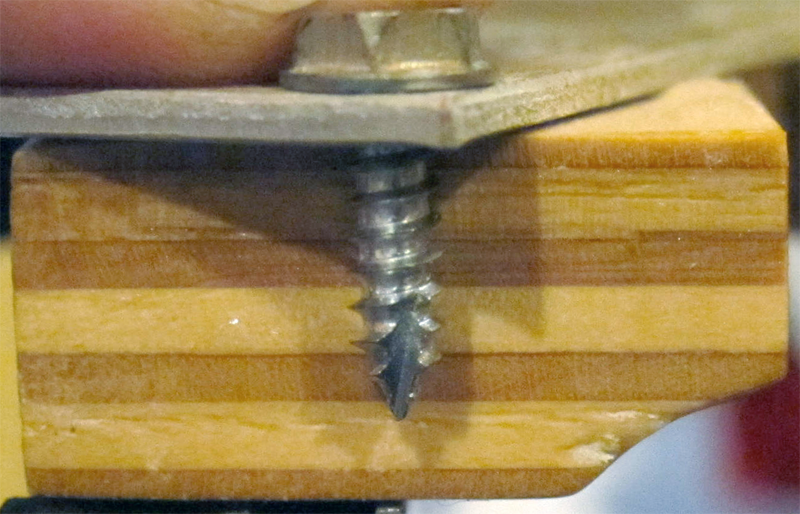Construction
Once a preliminary design is complete, the next step is to create an initial prototype, known in the industry as a Whitewood.
Contents
Whitewood
The origin of the term whitewood is related to the material of the playfield, which is traditionally White Maple. The first iteration of a game will not have any artwork or lighting as the purpose is to test the layout, flipper shots and the overall feel of the design to confirm it plays as expected.
The second iteration of the whitewood - generally a different playfield rather than the existing one re-cut - will include inserts, lighting and any ramps or playfield devices needed for the complete game. This version of the prototype is used to create the first iteration of the ruleset and special effects.
Here is an unpopulated whitewood for Cirqus Voltaire, which is a later iteration that does have inserts for lighting, but not yet having artwork.
Here is a populated whitewood for AC/DC, which does not have the later sub-playfield so is much earlier in the design process.
Tools
Beyond the basic hand tools needed to create a machine from scratch, here are some additional tools:
A hand router for creating insert and device holes in the playfield.
A table jigsaw for cutting playfield plastics, or plexi for your initial whitewood inserts.
Playfield Plywood
Commercial pinball machines use a specially sourced type of plywood that is not available from big box stores and generally not even specialty wood suppliers.
The thickness of a raw playfield is 17/32", which is then sanded on top with inserts installed to a finished size of 1/2". Each side is a full face of hard Maple with five plys in-between, not a thin veneer to allow for this sanding. The following photo illustrates the full seven plys:
The type of plywood available at a big box store will have a thin ply on both sides, generally of softer Baltic Birch, and will not have the surface area to allow a full 1/32" sanding to level the surface and inserts together.
However, many hobbyists make use of it due to the ease of availability and for a one-off game is perfectly acceptable. Another affordable option for whitewoods is Medium Density Fibreboard - MDF - also available in large quantities.
The drawback for MDF is that it has poor flexibility and does not allow for easy removal and re-installation of screwed in parts.
Inserts
For a whitewood, the easiest option is to use thin plexiglass for inserts as it is readily available and fairly easy to cut to size with a table jigsaw.
Real pinball inserts are available in various sizes and colors from a number of suppliers including Pinball Resource and Marco Specialities but supply is limited.

